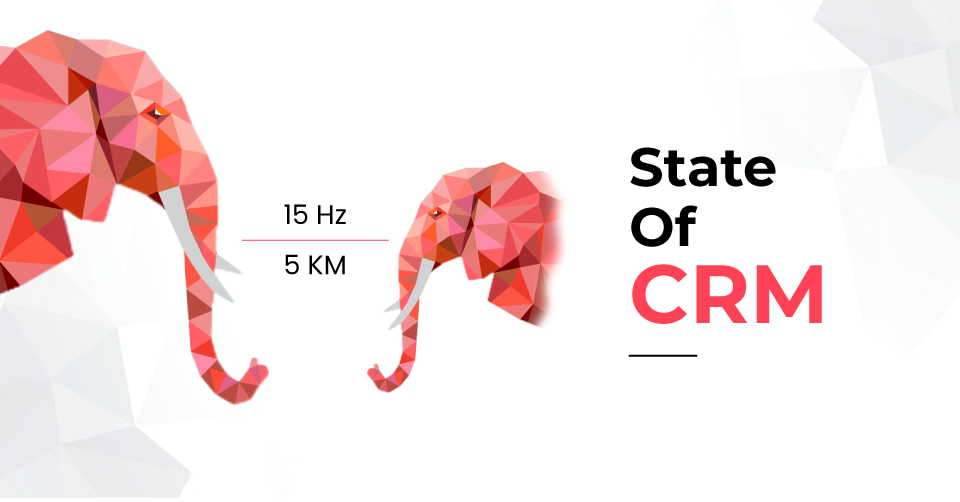David Ogilvy knows a thing or two more about your customers than you do. No, Ogilvy is not the CEO of a competing organization but our latest entrant in the Entrepreneurial Spotlight series. David Ogilvy is the Father of Advertising. If you’re stumped by the word advertising and are wondering why Ogilvy is featured in a blog on sales and marketing, then read on.-
David Ogilvy: Research. Reach. Returns
David Ogilvy founded the Ogilvy and Mather company in 1948. If not for Ogilvy, the company would have enjoyed as much fame as the next advertising agency. But Ogilvy was cut from a different cloth and was not your run-of-the-mill advertiser. Just do a google search on Ogilvy and you will stumble upon his most iconic ads for Roll Royce, Dove, Hathaway Shirts, Sears, Puerto Rico, and Schweppes. But what will interest you, even more, is how Ogilvy managed to create a series of extraordinary ad copies.
Know What Your Customers Want Before They Know It
The Ingredient X that made Ogilvy’s work relevant is so simple, yet profound. Ogilvy laid great emphasis on research during the creative process. His research on consumer behavior helped him create iconic ads that increased product sales and became imprinted in popular culture. He knew what his audience wanted, sometimes even before they knew it themselves, and then worked on giving it to them.
Following The Ogilvy Doctor’s Rule: Ask First, Diagnose Later
Similarly, in sales, your research stems from asking questions. There is no formula for cracking each deal because the problems and needs of each customer are different. What you can develop is the habit of asking the right questions. Learn to pose questions that move from the general to the specific. Dig deeper till you find exactly what’s bothering your customer. Be wary of trivial questions that drive you and your customers in circles. Ask questions that uncover and decipher what the core problem is.
If you’re facing trouble, these structures will you identify and pose the right questions. You can also use these scripts to prepare for anticipatory responses.



